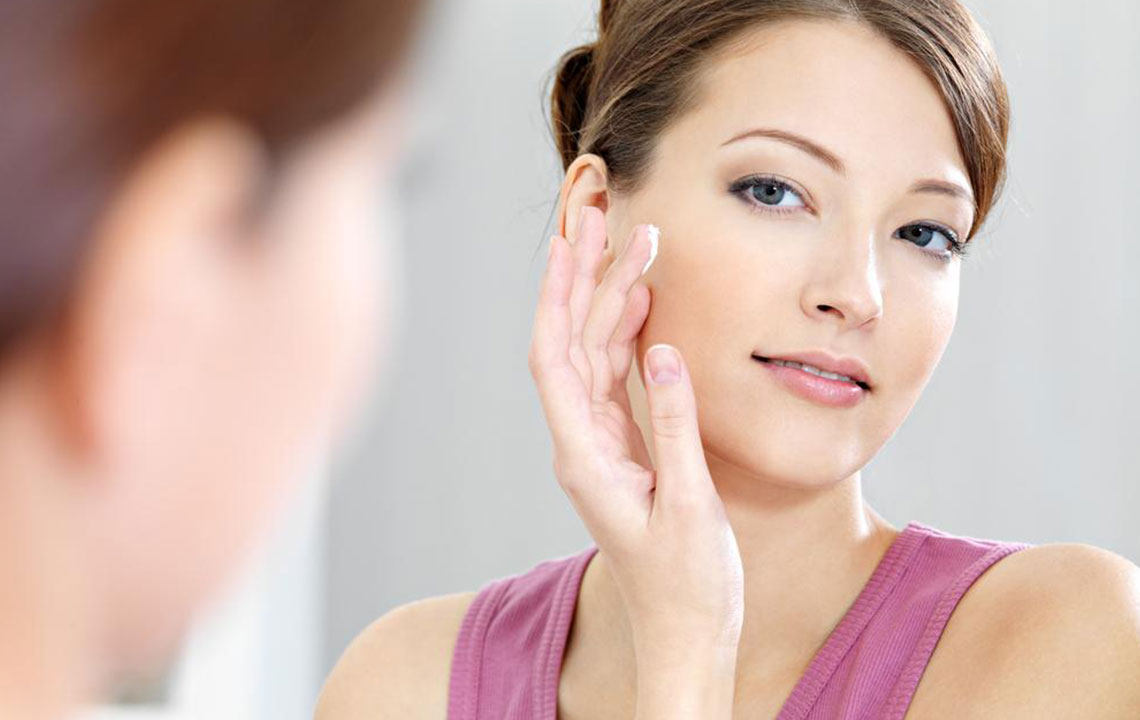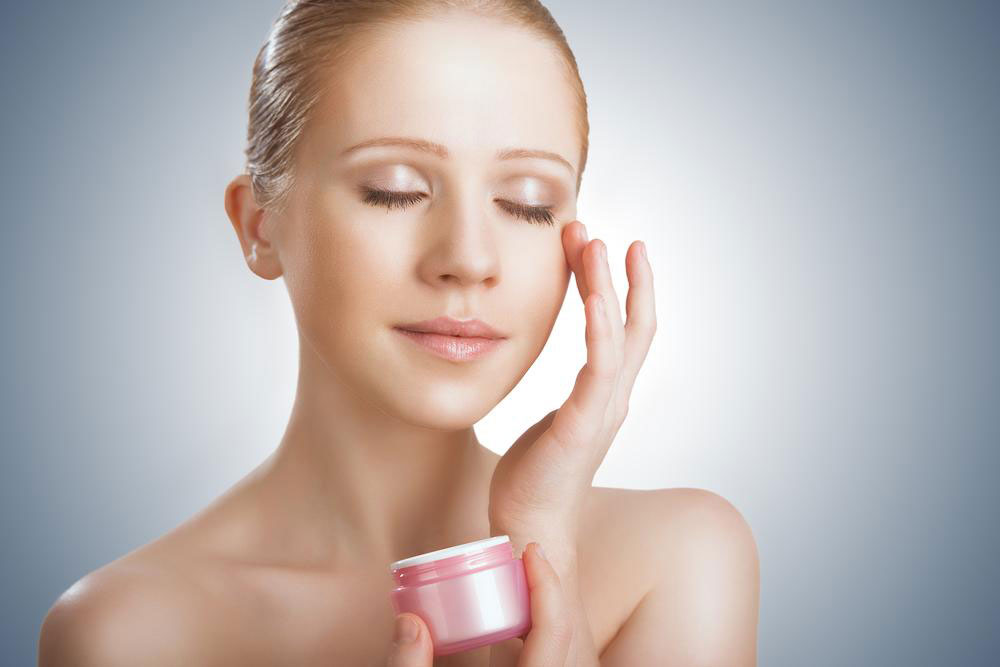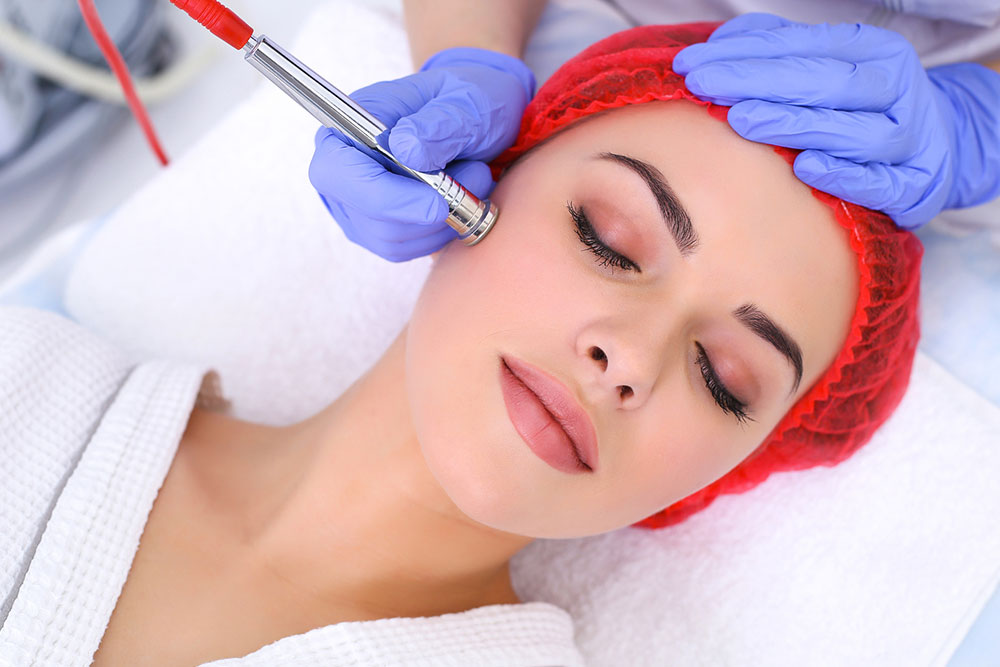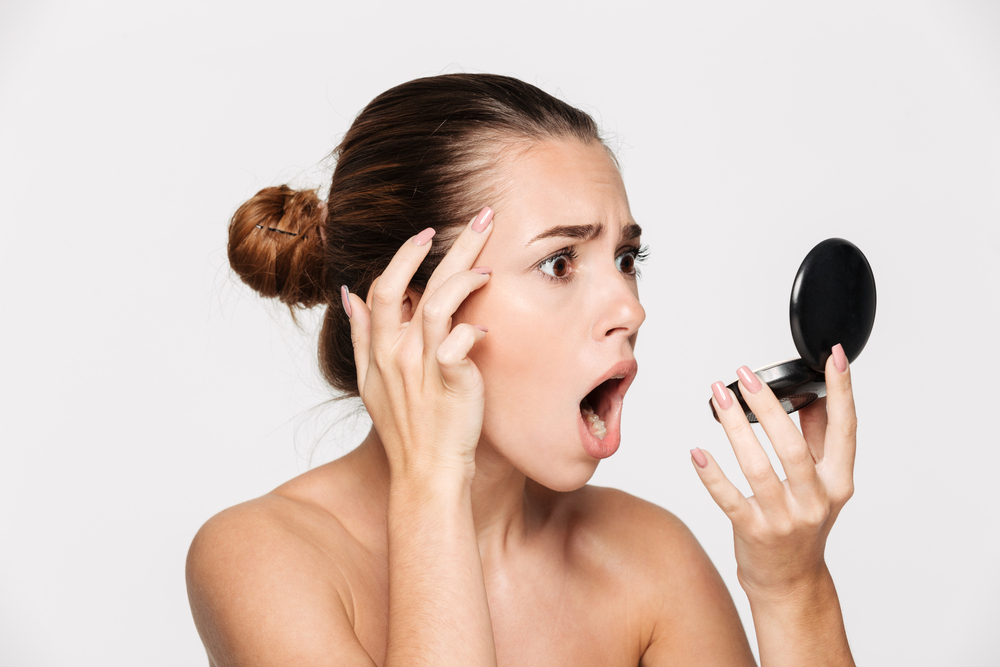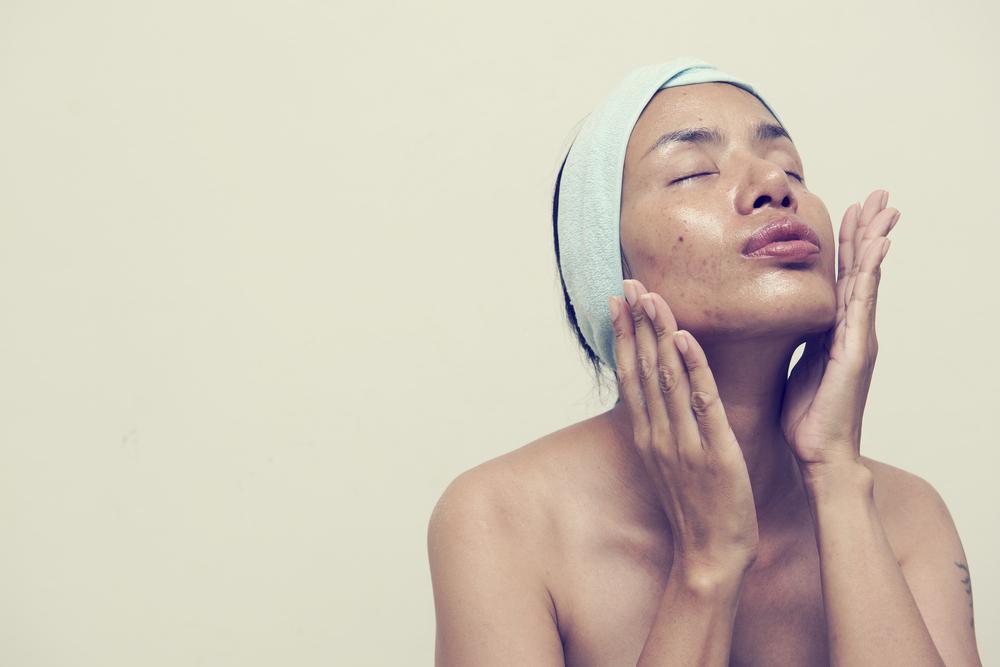Effective Strategies to Treat Age Spots
Discover effective methods to treat age spots, including topical creams, laser therapy, cryotherapy, and chemical peels. Consult dermatologists for personalized advice and protect your skin with sunscreen to prevent future spots. Learn about diagnosis, treatment options, and tips for maintaining healthy skin.
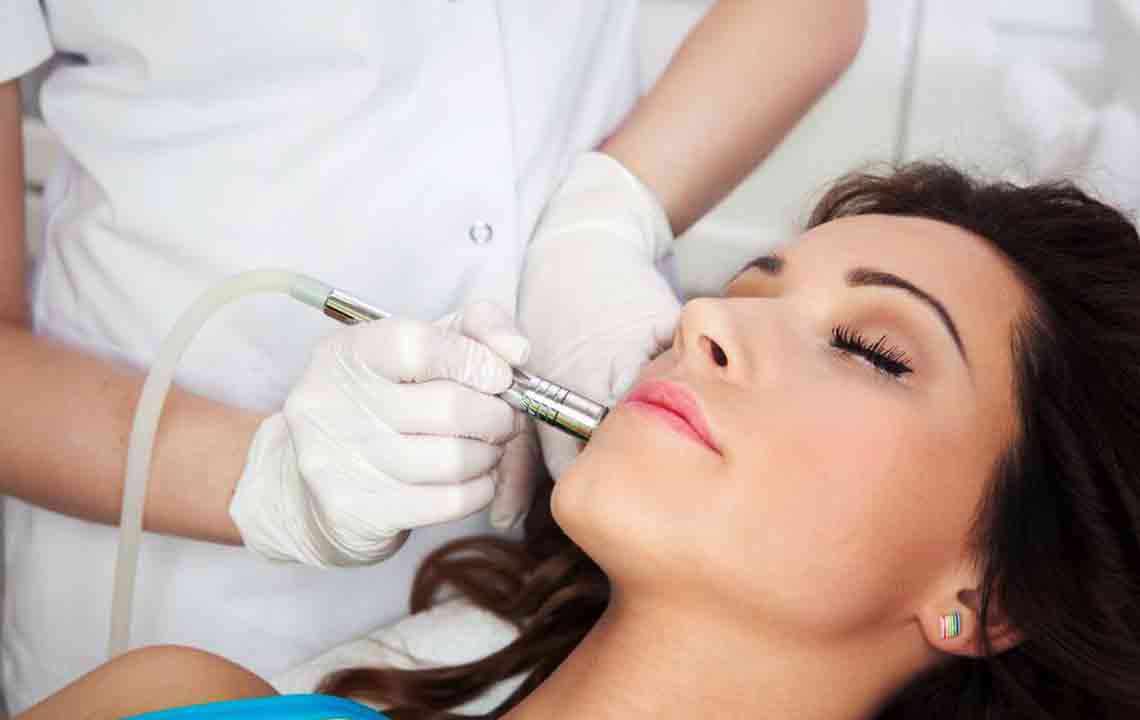
Effective Strategies to Treat Age Spots
Age spots, also known as liver spots, result from an excess production of the pigment melanin. While the exact cause remains uncertain, factors like sun exposure and skin aging are considered primary contributors. These spots commonly appear on sun-exposed areas, including the hands, forearms, shoulders, and face. Anyone can develop age spots, but individuals over 40, those with frequent sun exposure, or regular tanning bed users are more prone.
What are the indicators of age spots?
Anyone regardless of age or ethnicity can develop these blemishes, though risk increases with age, sun exposure, and tanning habits. Age spots generally have a light brown to black color, with a texture similar to surrounding skin, and are painless. They tend to appear on sun-exposed zones.
To diagnose age spots, a dermatologist examines the affected skin. If suspicion arises that the spots are not benign, a biopsy may be performed to rule out skin cancer or other conditions. Treatment is usually optional since age spots are harmless, but many opt for removal for cosmetic reasons. Common approaches include prescription creams, laser therapy, freezing treatment, and chemical peels. It's vital to use sunscreen during treatment to protect sensitive skin. Consulting a qualified dermatologist ensures the most suitable method is chosen, keeping potential side effects in mind. Always seek expert advice to determine the best course of action for your skin health.
Summary:
Age spots are benign pigmentation changes mainly caused by sun exposure and aging. Diagnosed through visual examination and sometimes biopsy, they are mostly a cosmetic concern. Treatments such as topical creams, laser sessions, cryotherapy, and chemical peels can effectively reduce their appearance. Proper dermatologist consultation is essential to select a safe and effective treatment plan. Consistent sun protection can prevent their formation or recurrence.

